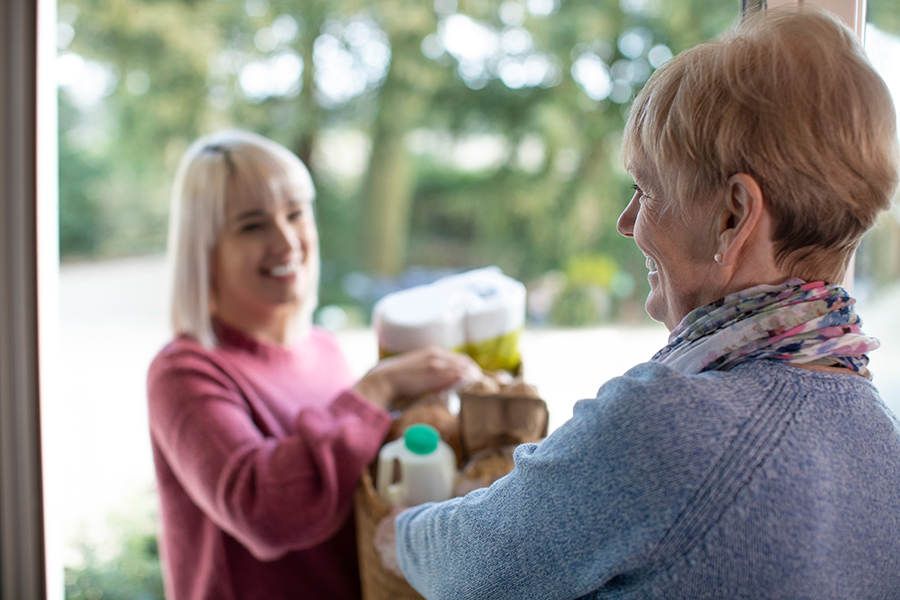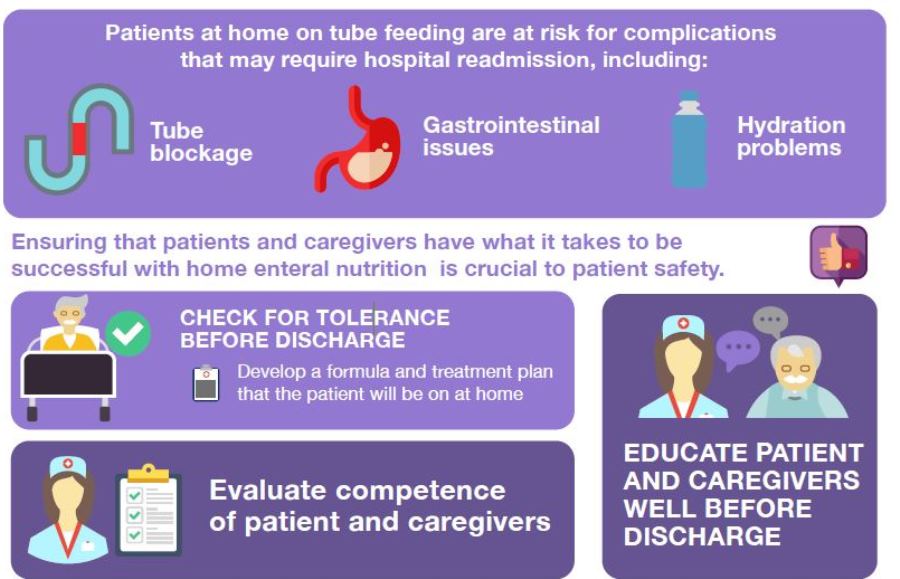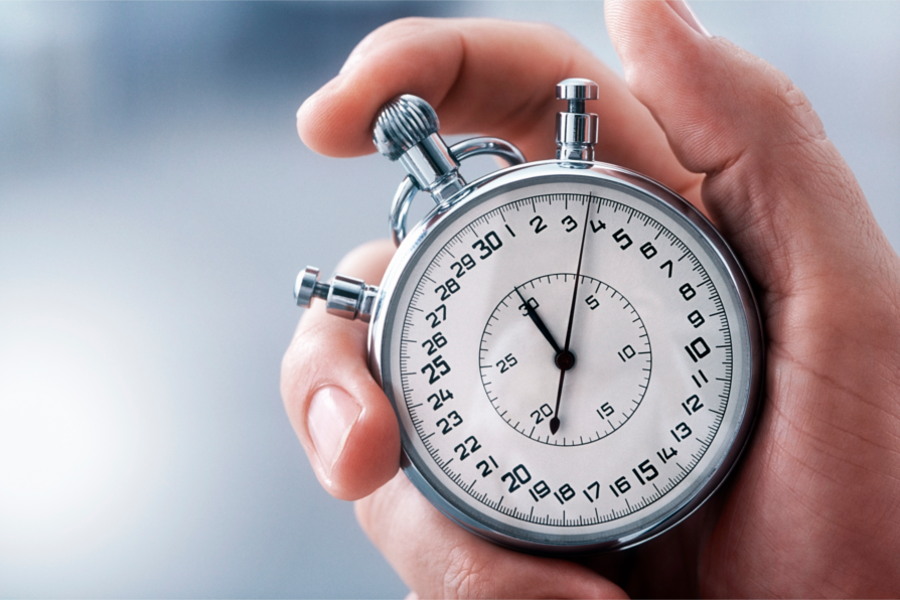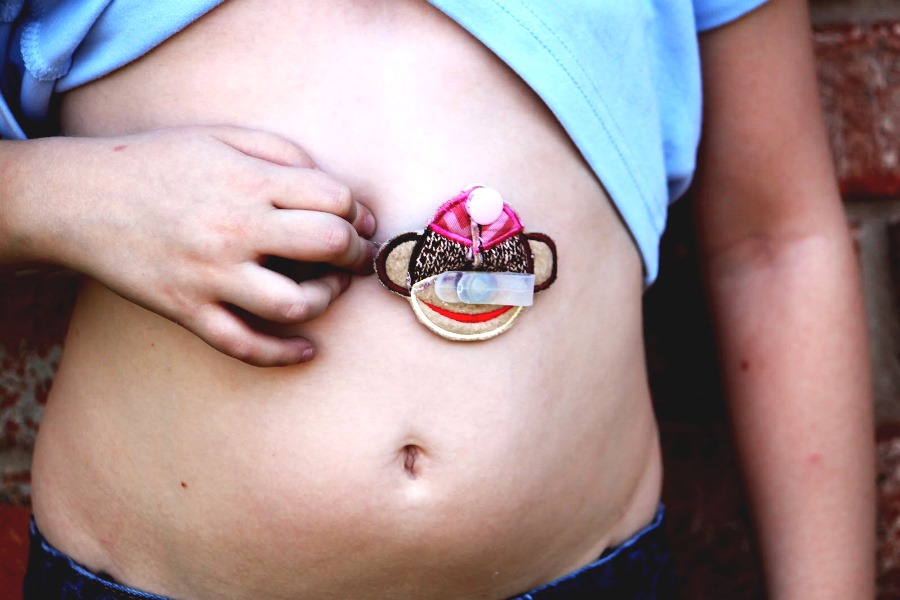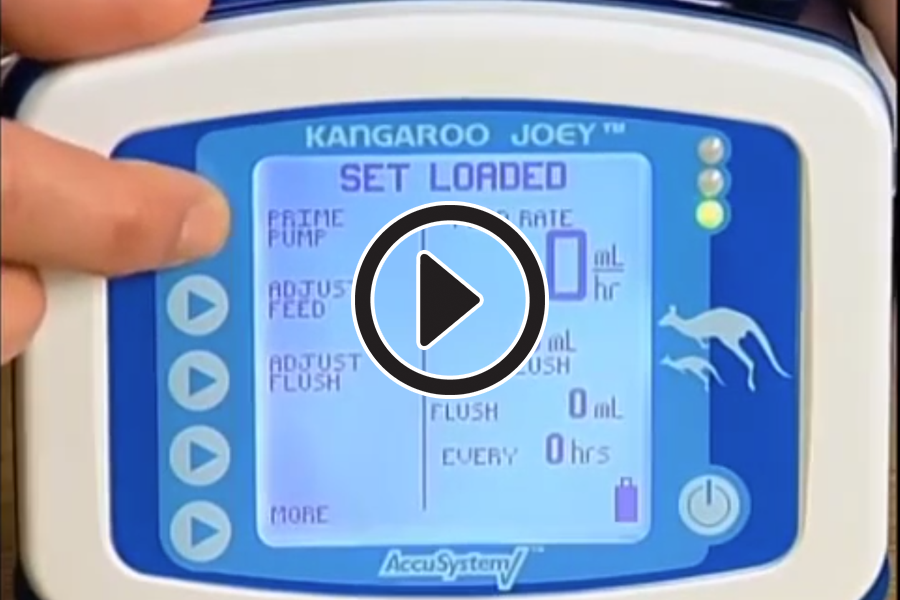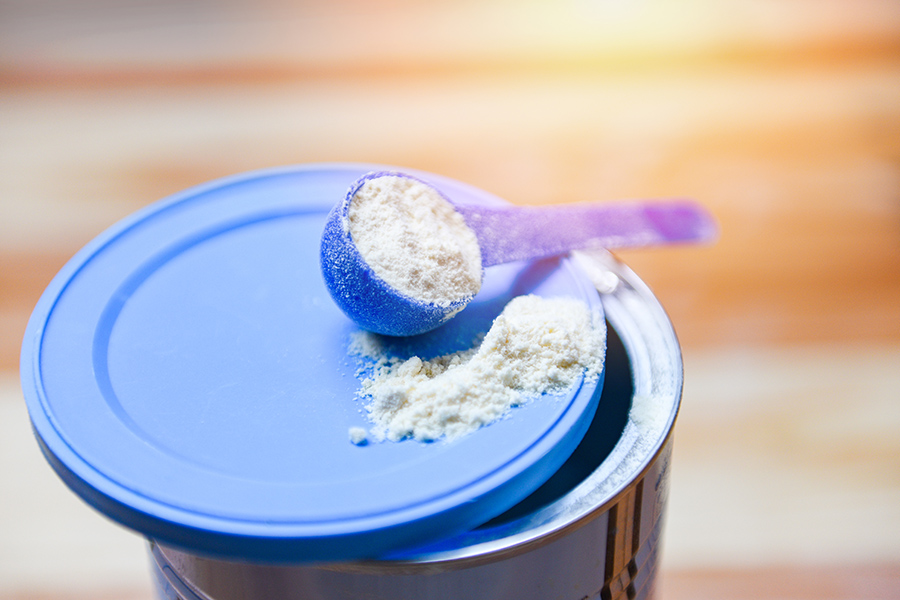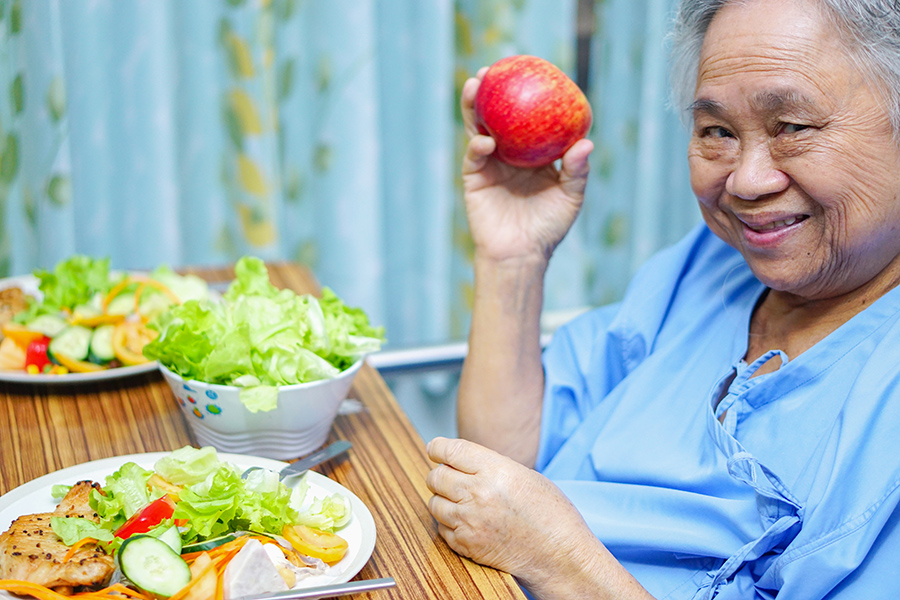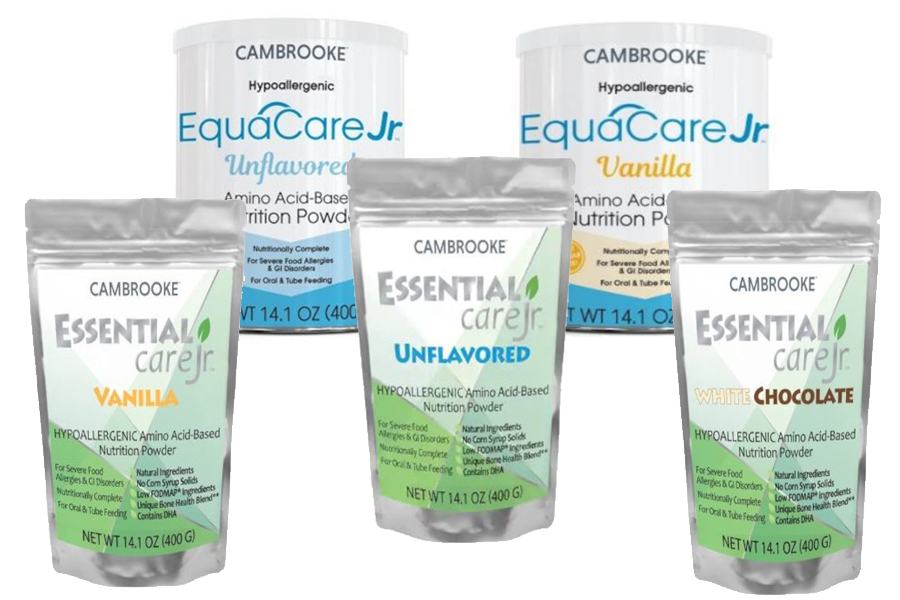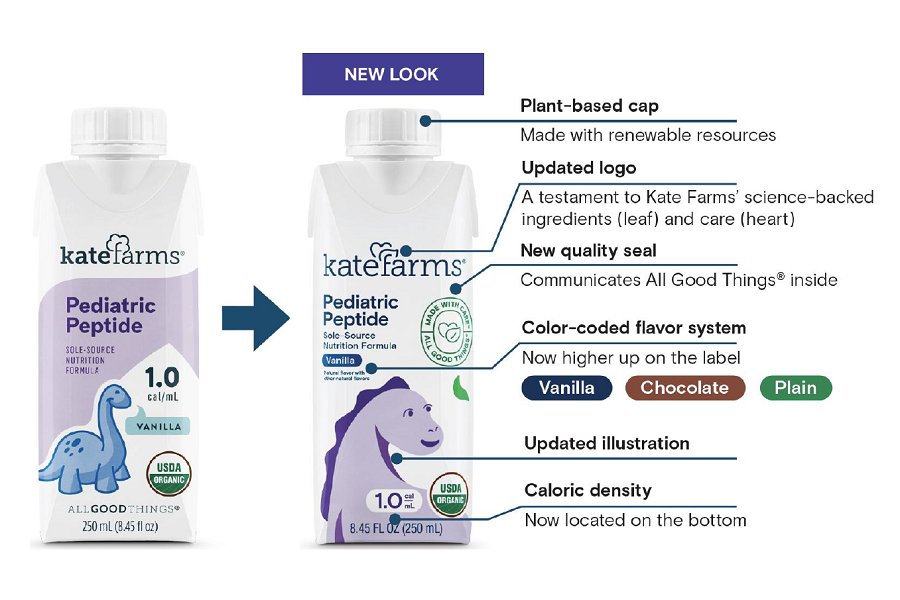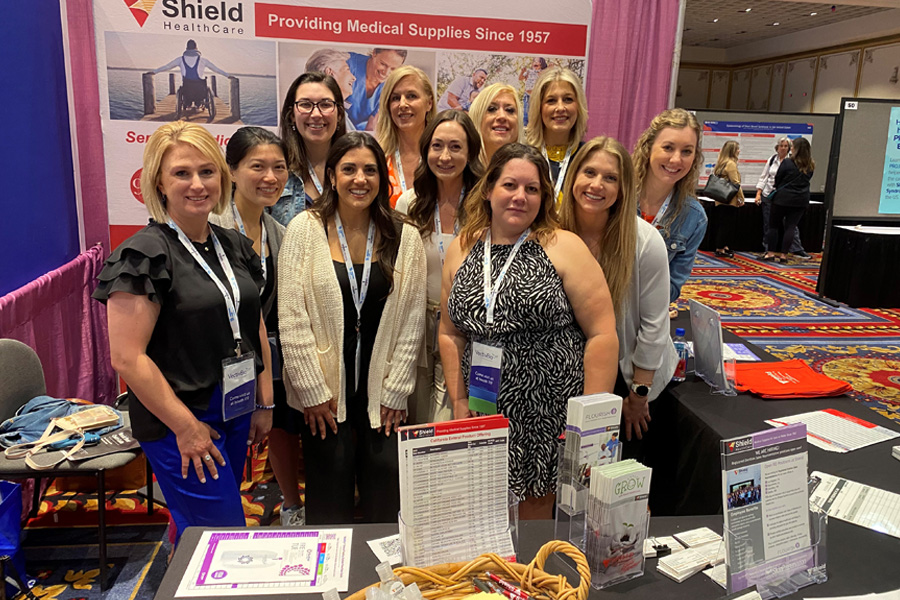Original article from the Academy of Nutrition and Dietetics | www.eatright.org |
Keep a Well-Stocked Pantry
Planning out a menu for a week or two in advance can be helpful, but if you don’t have time to plan meals, a well-stocked pantry can relieve some of the pressure when it comes time to make a meal. Keep the following on hand for quick, easy-to-fix dishes.
Shelf-stable Products
- Dried or canned beans, peas and lentils (such as black, garbanzo, kidney, white and pinto beans; green, yellow or split peas and lentils)
- Canned vegetables with no added salt (such as tomatoes, green beans and corn)
- Dried or canned fruit in 100% fruit juice
- Whole grains (such as brown rice, quinoa, oats, millet and whole-wheat pasta)
- Pouches or cans of fish and chicken
- Nuts, seeds, and nut butters
- Olive, canola or other vegetable oils
- Dried herbs and spices
Frozen Foods
- Vegetables (such as broccoli, cauliflower, carrots and Brussels sprouts)
- Fruit (such as berries and cherries )
- Whole wheat pizza dough
- Poultry
- Seafood
When thinking about what to make at home, consider foods that also freeze well. Casseroles, soups, muffins and breads are easy to portion out and store in the freezer in individual containers. These foods can be frozen for 2 to 3 months without significant loss to quality.
Plan Meals Based on the Foods You Already Have
Looking for healthful ways to reduce your trips to the store? Get creative with what you have on hand.
Check the refrigerator, freezer and pantry for foods that need to be used up. Leftover meats and veggies can easily be transformed into meals by cutting them up and adding to soups, salads or sandwiches. Ideas may include using meats and veggies as:
- Toppings for salads or cooked grains like rice or pasta.
- Filling for a tortilla or stuffed into a pita for a satisfying sandwich.
- Ingredients to make soup, then enjoy or freeze for future use.
- Or simply save leftovers for lunch or a meal later in the week. However, keep in mind that leftovers should be used within three to four days and reheated to a minimum internal temperature of 165 degrees Fahrenheit.
Freeze leftovers or perishables you know you won’t eat before they spoil and be mindful of portion sizes. Choose smaller portions to stay within your calorie needs, as MyPlate recommends. Use smaller plates, bowls and glasses to help keep portions under control. Being mindful of portion sizes can also help food last longer.
Master the Shelf Life of Foods
Many foods and drinks purchased at the grocery store include a date, which indicates when it should be used or sold by. Because these dates refer to the product’s quality, it doesn’t necessarily mean they should be thrown out.
For products that don’t require refrigeration until after opening, such as mustard, salad dressing and ketchup, it’s often safe to eat these beyond the date on their label as long as they have been stored properly. Perishable foods, such as meats and dairy products, may be used a few days after that date, as long as they were stored at a safe temperature.
When in doubt, check the FoodKeeper App online (here’s the app for for Android and Apple devices) and discard any foods that have developed an off odor or texture.
When You Have to Go to the Store
To help you reduce the amount of time you spend at the store, create a plan before you go. Deciding on meals and snacks before you shop can save both time and money. Review recipes and make a grocery list of what ingredients are needed, then check to see what foods you already have on hand and make a list for what you still need to buy.
Organize your list according to the section of the store these items are located in. This will prevent you from having to run from one end of the store to the other. Try to buy perishable items, such as meat, poultry, fish, eggs, dairy and frozen foods, toward the end of your shopping trip to reduce the amount of time they spend at room temperature.
Many stores offer disinfectant wipes to clean your hands and wipe down cart and basket handles before shopping, or you can use your own personal hand sanitizer. And remember to wash your hands when you return from your grocery trip and to put the perishable foods in the refrigerator or freezer right away.
For family or friends that are unable to leave their homes to shop for themselves, ask if food or meal delivery is an option or offer to shop for them.
You may also be interested in:
- 4 Tips to Help You Stay Healthy During COVID-19
- How to Prepare for COVID-19
- Coronavirus 101: What you need to know about COVID-19
- Facts About Novel Coronavirus and How to Prevent COVID-19
- Coronavirus Facts: What can older adults do to reduce their risk of illness?
- Stay Informed: COVID-19 Interactive Heat Map
- When and How to Wash Your Hands







